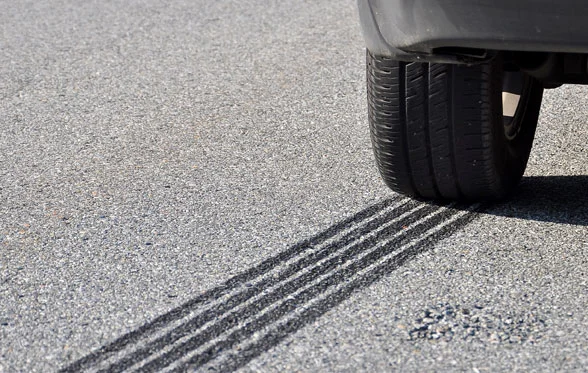On April 7, 2014, NHTSA published in the Federal Register a Final Rule (Vol. 79, Number 66; Docket No. NHTSA-2010-0162) amending 49 CFR Part 571.111 Federal Motor Vehicle Safety Standard (FMVSS) 111 Rear Visibility, Part 571.500 FMVSS 500 Low-speed Vehicles and Part 571.5 Subpart A Matter Incorporated by Reference. The Final Rule addresses the mandate of the Cameron Gulbransen Kids Transportation Safety Act of 2007 (K.T. Safety Act) by expanding the required field of view.The Final Rule specifies an area behind the vehicle which must be visible to the driver when the vehicle is placed into reverse. The Final Rule also addresses other related performance requirements including image size, response time, linger time, deactivation, default view, durability and test procedures. The agency anticipates that in the near term vehicle manufacturers will use rearview video systems and in-vehicle visual displays to meet the revised requirements and believes that the systems meeting the requirements of this Final Rule afford the best protection to children and persons with disabilities. NHTSA's assessment of available safety data indicates that (on average) there are 267 fatalities and 15,000 injuries resulting from backover crashes every year. Of those, 210 fatalities and 15,000 injuries are attributable to backover crashes involving light vehicles (passenger cars, multipurpose passenger vehicles (MPVs), trucks, buses, and low-speed vehicles) with a GVWR of 10,000 pounds or less. NHTSA's data indicate that children under 5 years old account for 31 percent of the fatalities each year, and adults 70 years of age and older account for 26 percent. Based on the NHTSA analysis and revised estimates for costs and benefits, the net cost per equivalent life saved for rear visibility systems meeting the requirements of this Final Rule ranges from $15.9 to $26.3 million.
In response to the K.T.Safety Act there has been an ANPRM (March 2009), a NPRM (December 2010), updates to NCAP, public meetings and numerous comments filed from manufacturers, advocacy groups, trade associations, parts suppliers and individuals leading up to issuance of this Final Rule. The Final Rule generally adopts the requirements proposed in the NPRM. Some variations include:
- Removed requirement that manufacturers comply with the provisions beyond thefield of view for purposes of the phase-in period
- Adopted a test procedure to condition the vehicle prior to evaluating rear visibilitysystem response time
- Revised phase-in compliance schedule
- Adopted a definition of "backing event" and used this definition to establish thepoints in time that the rearview image is required to be presented to the driver while still affording manufacturers the flexibility to implement additional safety an convenience features for the drivers
- Modified the durability requirements to apply on a component level and did not adopt the luminance requirements to avoid imposing unnecessary testing burdens on the manufacturers where such burdens were not likely to produce a corresponding safety benefit.
This Final Rule is effective June 6, 2014 with compliance mandated for all covered vehicles, excluding those of small volume and multi-stage manufacturers, on the following phase-in schedule:
- 0% of the vehicles manufactured before 1 May 2016;
- 10% of the vehicles manufactured on or after 1 May 2016, and before 1 May 2017;
- 40% of the vehicles manufactured on or after 1 May 2017, and before 1 May 2018;
- 100% of the vehicles manufactured on or after 1 May 2018;
Petitions for Reconsideration regarding this Final Rule must be received by NHTSA by 22 May 2014.
